Dreams about Earth
*script
synopsis: a small piece in three acts is woven from fragments of discussions and imaginaries from yakutsk, conversations with researchers, stories heard from grandmothers, reflections during walks through milky mists, memories of memories, rare winter dialogues with strangers and with ourselves. the dream takes place in timelessness. gradually voices are waking up – these are voices that have always been there, that are there at this moment, and that are going to be here in the future
roles: narrator, voice i, voice ii, voice iii, movement
note: we ask dream readers to pronounce* imagine ~voice i~ slowly and smoothly, gradually speeding up in ~voice ii~ and returning to one’s simple tempo in ~voice iii~
***
(narrator)
…the sounds of the world flicker on the snowy expanses of the frozen river: the chest hum of the wandering wind, the crunch of snowdrifts, the rare flapping of the wings of a raven, the howl of a fast snowmobile, the exclamations of children rolling down a hill. listening to these streams, at some point you suddenly begin to hear a transparent voice of the earth coming from everywhere — from the sky, from the movements of the water, the trees, the glistening of small whirlwinds, from afar and nearby…
the first act
(narrator)
close your eyes and imagine a cloud of gas and dust. under the influence of gravity, the cloud condenses and rotates. in its center, multiple collisions occur and atoms heat up. this is how a star named the sun appears. full of energy, she is spinning very fast, dispersing the remnants of the gas cloud around her. some elements – hydrogen, helium, ammonia, and methane – ended up in the outer cold spaces, and later with their participation jupiter, saturn, uranus, and neptune are formed. from the particles of stardust left around the sun, other planets are born. these are mercury, venus, mars, and earth, where we have met now
(movement)
everyone reading and listening step away from each other
to the farthest corners of the room
(narrator)
one of the voices is awakening
(voice i)
some say i am 4,54⋅109 years old ±1%, and it seems like a lot. while i was just forming, asteroids flew into me. the most powerful of them formed oceans of magma, reaching 400 kilometers in depth. there was no sense of a frozen state: all bodies were burning in me, which brought even more hard rocks. i was spinning very fast – a thousand times faster than in the far-upcoming human era. days were equal to several hours, and years passed like months. i was a red-hot ball: at the bottom of the magmatic layer, iron melts descended into the planet. in its very center they slowly fed my core
(narrator)
the core is the geosphere located under the earth’s mantle. it is the central, deepest part of the planet. the depth of its bedding is 2,900 kilometers, the average radius of the sphere is 3,500. very little is known about the core: samples of the core’s substance are not yet available
(movement)
all readers and listeners now close into a tight circle
…
after a few moments, open the circle and take a comfortable position
(voice i)
when i am growing up, i am warm. the processes of adaptation to universal conditions are raging inside. an inner voice told me to hoard alloys deeper into myself and one day i saw how they became a solid body, the core of my insides. sometimes seismic waves run through there and rarely transparent sounds come to visit. it is difficult for me to find words for the latter. perhaps, the magical poetry of life shines through the inability to find words? centuries are running by, for millennia. i have learned how to control force flows and now can generate an enveloping effect — a magnetic field that protects us from the invasions of cosmic bodies. it takes care of me in this time and space. i know that in the future it will take care of all the objects and creatures that will find shelter on me: the smallest particles, sand, seas, grass, trees, mammals, birds, moths..
(narrator)
she does not know yet, but she feels. every year in the spring, all bogong moths will go on a long journey from one part of the planet to another. during the flight, these nocturnal insects will catch the magnetic fields of earth — they will help them navigate in the air sphere. after reaching cold caves, the moths will fall asleep
(voice i)
i am in the process
i am gaining my soul
i am glowing
(narrator)
in the dark space, the outer layer of the planet cools and turns into the earth’s crust. a wandering celestial body the size of mars is flying in her direction. in an inevitable collision, the earth absorbs most of the debris of this star and becomes fairly enlarged. the rest of the fallen pieces, along with molten rock, is thrown into orbit from the earth’s surface. this event foreshadows the birth of the moon — the only satellite of the earth. as a result of the impact, the earth receives a sharp increase in the speed of rotation, making one revolution in five hours, as well as the noticeable tilt of the axis of rotation, which determines the appearances of season shifts in some parts of the planet
(voice i)
the moon is always facing me with only one side. her movement around me calmed and slowed down time. the wavy smooth nearing and receding of the moon is most felt by waters, winds and my crust. they say if you look at me from the moon, you can see different shades of blue, white and green. sometimes i look in that direction, too. there are even days when i am very lucky and can observe foggy phenomena, changes in the brightness of craters, bluish auroras, the movement of light clouds, and sudden star-like flashes. once on the crescent moon i saw an untimely twilight. i wonder if someone noticed them at the same time with me?
(movement)
the glow of the moon is indirect sunlight reflected by the earth
find an object around you that is similar in features
stay next to this object for a bit
(narrator)
for hundreds of billions of years, the earth’s surface has been in constant change. continents are forming and disintegrating: they migrate across the surface, sometimes combining and shaping supercontinents. at these times, most of the land is united in a continuous array, which affects the climatic processes and the development of life on the planet
(voice i)
everything that i see or seem to see resembles dreams in a dream — the slow flow of the plates below me is commensurate only with the speed of the star movements in the sky. they shift me to the south, then to the east. by my dizzying rotations i am trying to orient myself in space: mountains collide with plains, and seas become deserts in order to return to where we were. perhaps in the next centuries all parts separated by oceans will come together again?

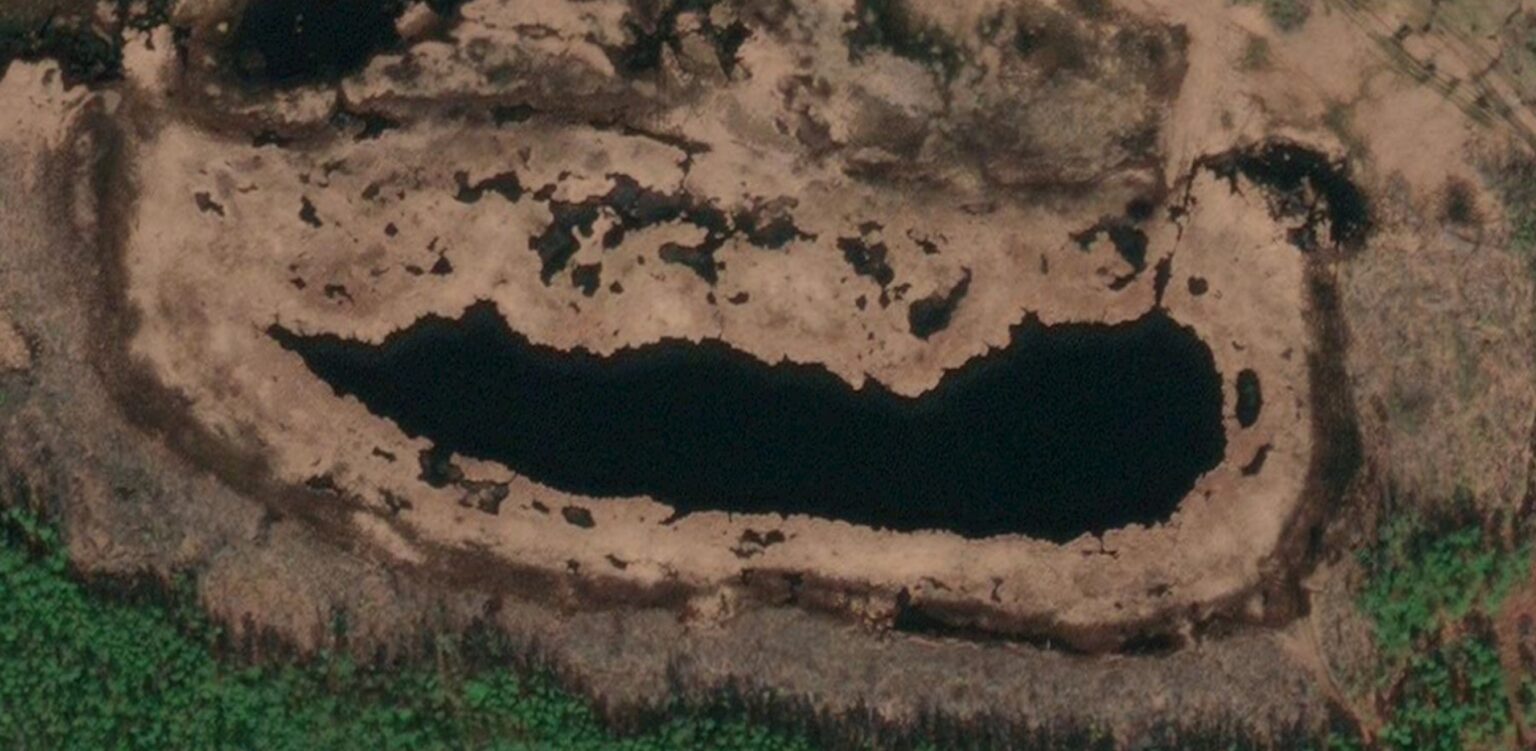
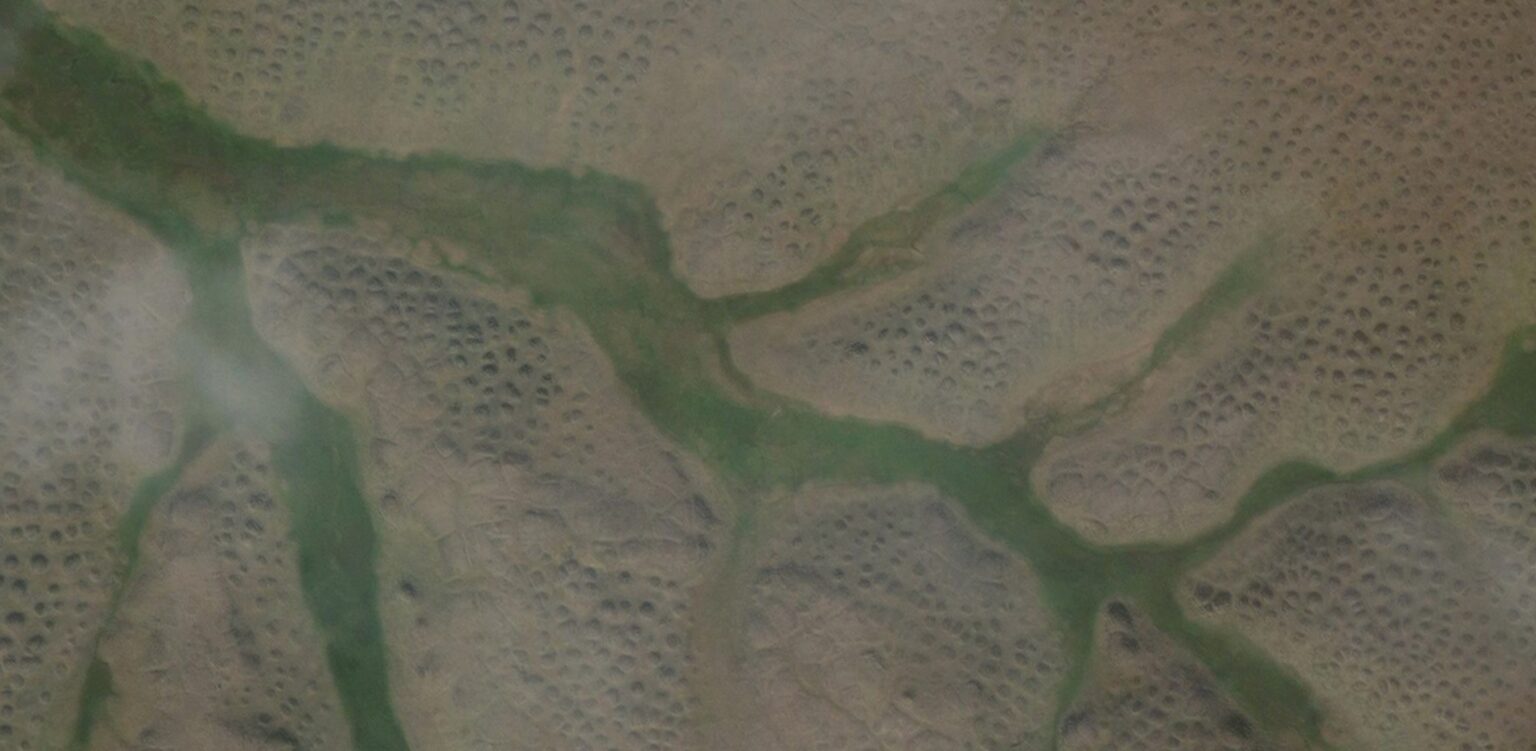
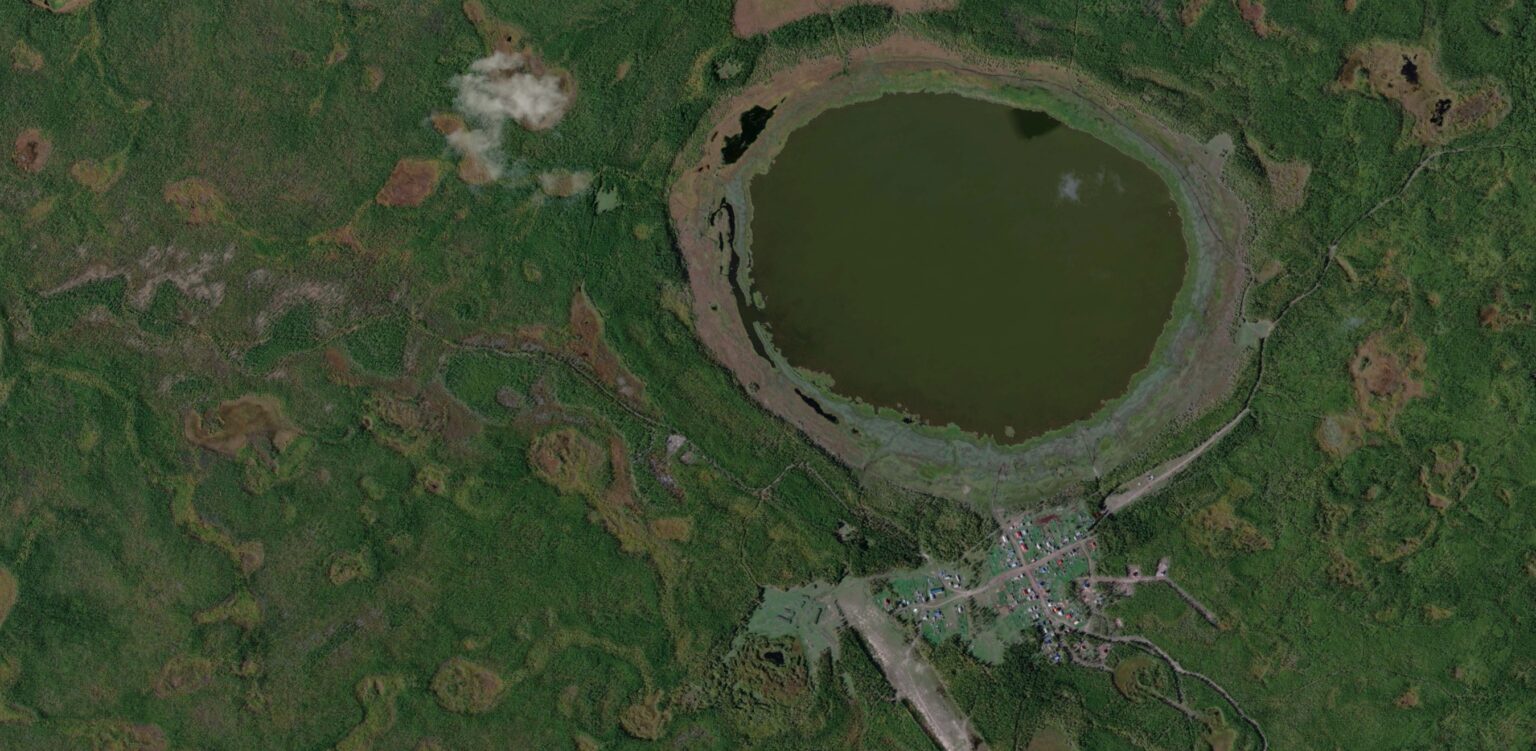
I
the second act
(narrator)
in the solitude of the predawn sky, the red sun shines like a clod of soft clay. rocks hug the earth’s crust. living organisms learn self-support. a natural body is born from mineral particles
(voice ii)
i do not remember when i came here in soil form. back in those days it seems that there was heavy precipitation resembling spiral pyramids hanging in the air. since then, i remember only the light of the heavenly bodies: during the day we were warmed by the hot rays of the sun, and at night we were reached by the cooling radiance of the moon. sometimes dreams of the universe came to see us and be seen
(movement)
with light sketches in your mind imagine a dream
the universe sees
(narrator)
slow sleep is replaced by a phase of rem sleep.
clouds of dust float past the orbits, reminding of frozen ice crystals. sound waves are trying to send a message to the one who has fallen asleep. the message states: the sun shines on everyone. radiations of celestial bodies reach us when they fade away and are reborn. the luminescence of the upper layers of planetary atmospheres remind us that we are only part of the sleep of the world. in the weightless state of mind and body, all sorts of scenarios occur along with the events that have happened. decaying into elementary particles, they reverse the evolution of states. the repetition of actions returns us to a half-asleep mode, where reality continues to come to our dream
…reality continues to come to our dream…
…reality continues to come to our dream…
…reality continues to come to our dream…
until there is a voice that wakes us up
(voice ii)
bypassing the sphere, dreams floated in the sky slowly, like flowing resin on a withered oak tree. we looked at fragments of imaginations, memories and daydreams. one day i caught a vision about my birth – there were living organisms, rocks, terrain, climate and time. after such observations, sometimes it was difficult for me to fall asleep and i began to depict what i saw on my body. sometimes my neighbors – fire, air and water – joined my process. often we spent centuries watching the world and playing with each other. meanwhile, many life forms came and went. and only one thing remained unchanged: the heartbeat
(narrator)
the heart is a hollow fibromuscular organ that provides blood flow through blood vessels with the help of repeated rhythmic contractions
(voice ii)
the pulsation of life allows me to feel a connection with the external rhythms of cosmic waves. some waves worry me, others soften. perhaps the dust cloud sent by the sun gives me the strength to transform into mountains. maybe the collision of air and water creates a moment for us to stop and freeze for millennia. from time to time, warming and cooling happen to me. glaciations also take place: geological history has marked them as the pongola * huron * sturt * marino * gaskiers * baykonur * karoo * here the enumeration continues. the longest of them lasted for 200 million years
(movement)
the last glacial era – the cenozoic – lasted 30 000 000 years
is it possible to imagine this time?
try to freeze until another action of a living being happens
(narrator)
cooling down. nearness of the cosmic cold. accumulation of ice.
the slow spread of glacial covers.
water and snow meet each other closely, forming glaciers
(voice ii)
seizing large territories, glaciers stop my time. having stopped at one moment, it accumulates in layers: one layer for one time. in a frozen moment, it’s easy to observe your movements and moods
(narrator)
coming and going away
hello celestial mechanics!
have you measured the temperature of the plasma?
of course you answered: * then tell me where the axis
of the earth rotation runs *
after that we were silent with a word and spoke in silence
(voice ii)
silence and observation. everyone who joins the silence freezes. no one is moving. or maybe it is only me moving slowly? i feel warm under my heels: warmth gives me confidence in the place where i am. reminiscent of long-forgotten dreams, some of the trembling seeps through the mountains. were these dreams my past? is there my present self in them?
(movement)
~ fluctuation goes up ~
wherever you are, reach for the sun
~ fluctuation tends downwards ~
and now imagine where is the earth’s crust and softly touch it
(narrator)
intensification of volcanism
should also still be magmatism
the planet is passing a cloud of cosmic dust
dear sun, please do not fall asleep
in a turbulent wind, the air fluctuates
the evolution of luminosity
from time to time sunspots disturb the world
and technogenic activity
and dry evaporation
and degradation of permafrost
not eternal eternity invites bumps on lands
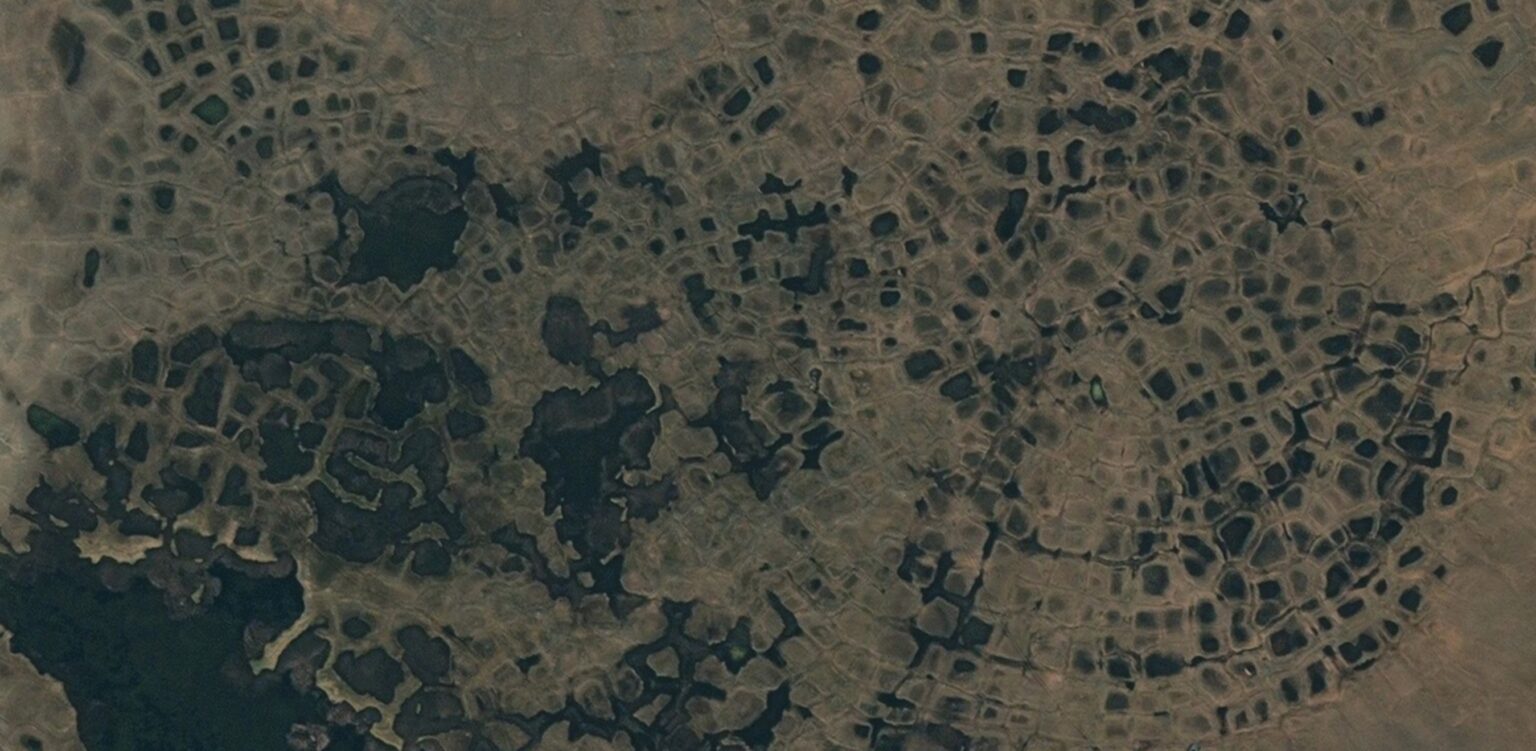
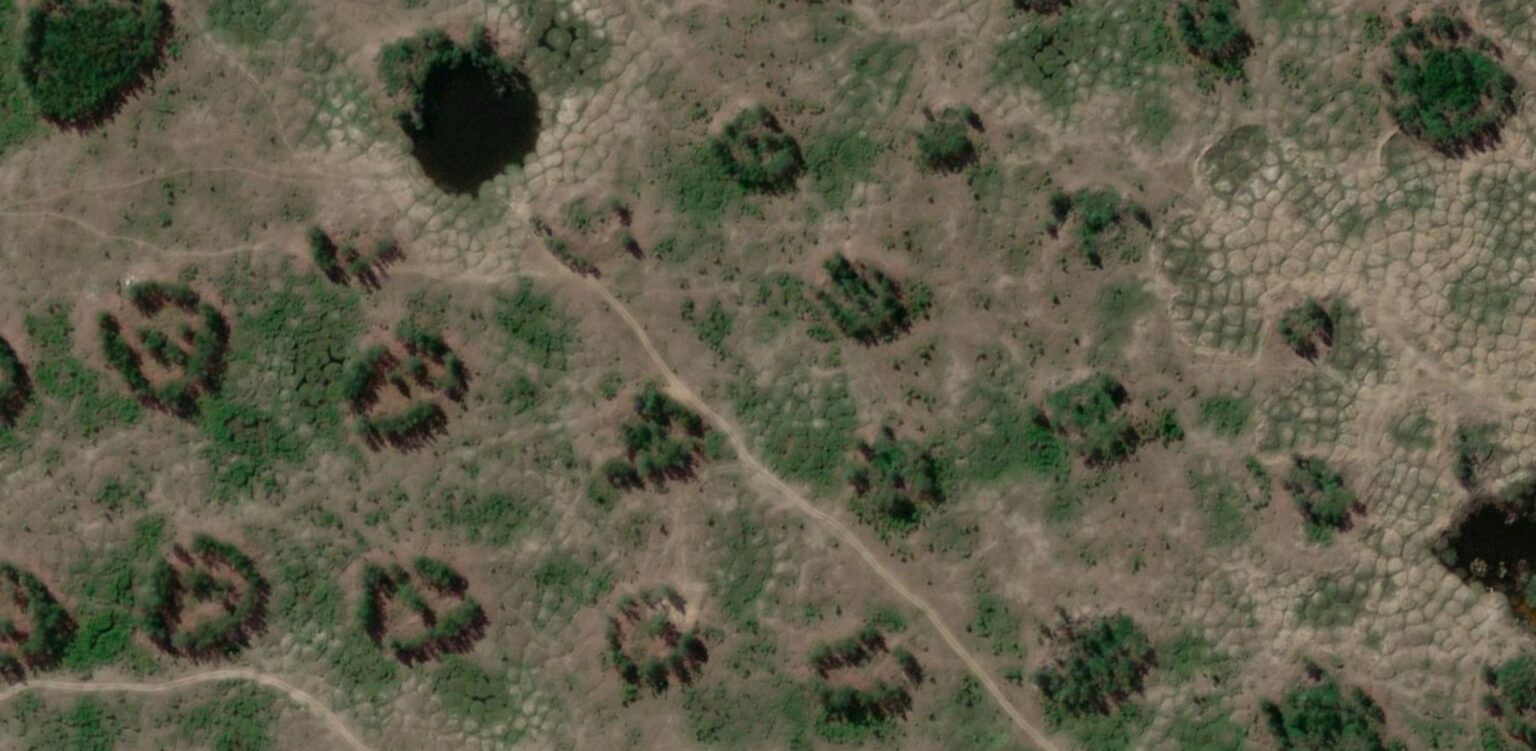
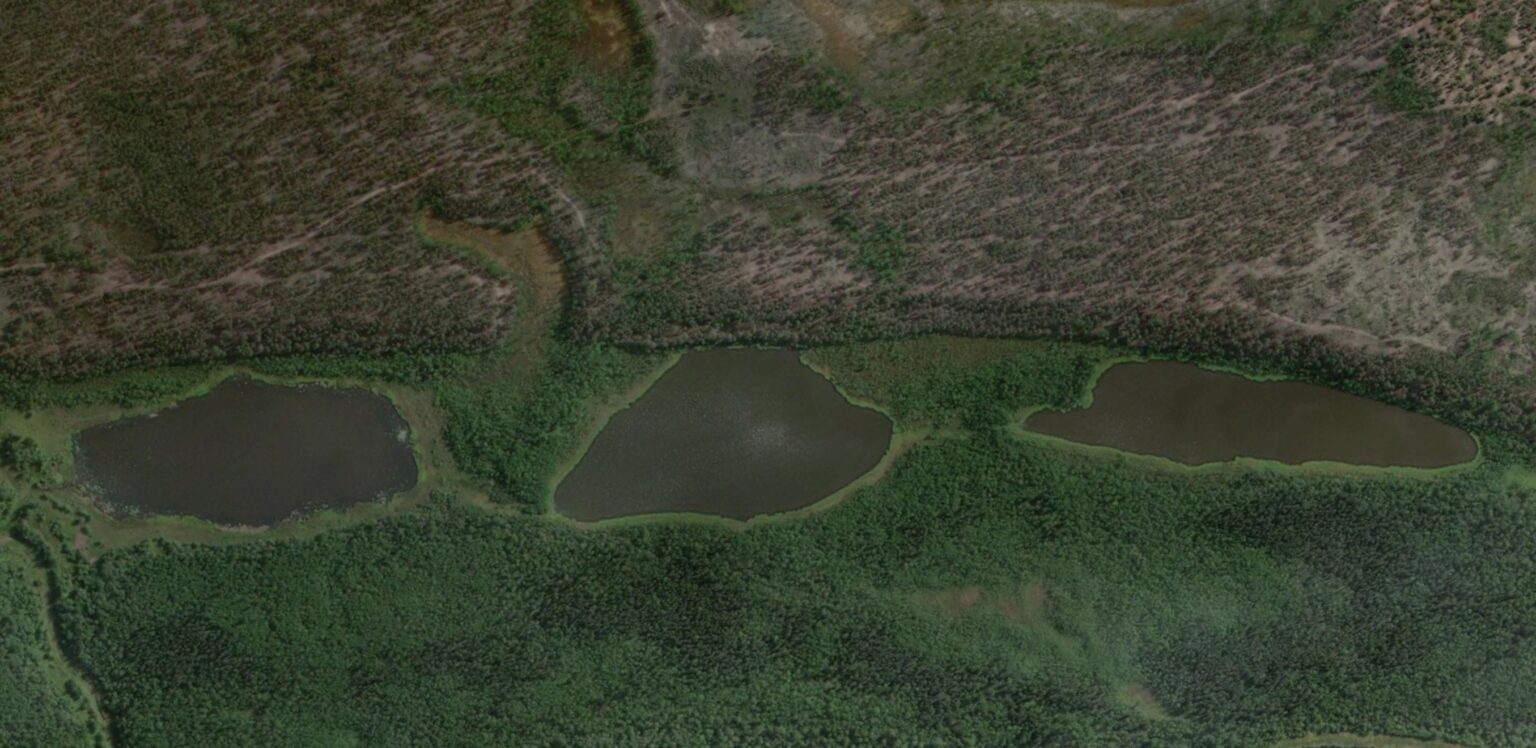

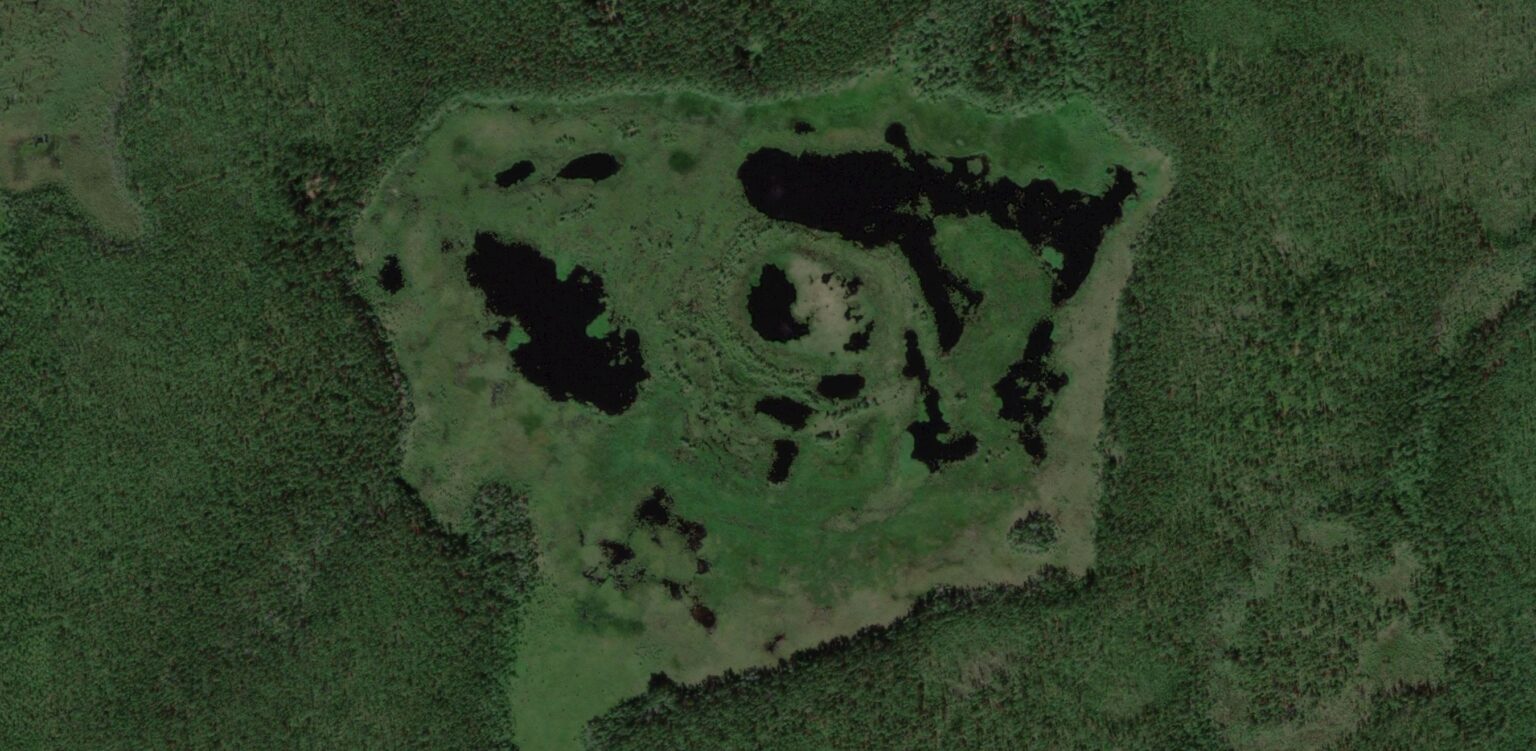
II
byllar – lowered areas with joined hollows forming a bumpy surface
iyo – a weakly seen deepening among the bumpy surface
dyedya – a hollow with more or less visible sides that is of bumpy surface of the bottom and sides
tympy – the first stage of alaas, when the fossil ice at the bottom of the hollow has melted and a full-flowing lake was formed
the third act
(narrator)
a thick milk of fog covered the city. frosty steam comes from the ground.
a human has hidden in the snow and is trying to catch a connection
(voice iii)
*&%R*&^%’#^&!
(narrator)
maya, what are you trying to say? you are disappearing
(voice iii)
*^#’@*(% with @^()&^”!
(narrator)
the connection seems to be unstable
(voice iii)
hei, can you hear me well?
(narrator)
now finally yes
(voice iii)
greetings to all! maya kust is in touch with you. since it is difficult to imagine the temporality and modality of what is happening under our feet at this very second, i was also proposed to join this dream. i am a geologist and an artist. over the past few years, i have been working mainly with issues of nature’s wellbing and reaction to climate change in a close link with the life of permafrost. you have probably heard that it was inherited from the last ice age and extends over ¼ of the entire land area of the globe. in a place that i consider my home, these changes are associated with the degradation of permafrost
(voice i и voice ii)
…utter degradation…
(voice iii)
i know it sounds a little harsh. permafrost degradation is a scientific term that indexes the destruction of matter due to external influences. it happens according to the laws of nature and time. of course, this is a natural process of life on earth and we should be more careful with words associated with the human condition. it should also be understood that permafrost is not a homogeneous phenomenon: there are no identical permafrost landscapes, just as there are no identical people or stones by the sea. right now, at the moment of our dream, the degradation of permafrost is happening somewhere, and in another geographical point, on the contrary, it is just beginning to appear
(narrator)
the awakening is near. all ephemeral forms of dreams flow into each other, forming one tonality. changes in air temperature are felt acutely. phenomena invisible on the surface send messages about themselves only as hints and encrypted signals above and below the surface
(voice iii)
under the permafrost there are underground waters that have either always been there, or occured while the earth was freezing and squeezing them out so as a result they ended up under the permafrost although they were once on the surface. there is also still water that flows over the surface of the permafrost. we do not see how it flows, but it moves in the soil completely in its own way
(narrator)
it is impossible to see her movement with the eye
(voice iii)
the average speed of movement of these underground waters should be considered on a millimeter scale per day – this is a very slow movement. their dynamics can be compared with how the universe is expanding, only the scales are different. if, for example, the earth has its own geological time, which is thought of on a gigantic scale, then the processes inside the earth have their own ways. ways that are huge stretches in time
(movement)
close your eyes and try to teleport
to another historical time 20 000 years ago
imagine sensations, smells and colors that you will encounter
(narrator)
humankind has just appeared. in some parts of the planet, permafrost already prevailed under the ground a human set foot on
(voice iii)
these places are characterized by low thermometer indicators.
if we describe the phenomenon of permafrost in a few words.. it means that in summer the soils do not have enough time to thaw after long cold winters. frozen ground has its own life cycle, which is greatly influenced by the weather. sometimes i hear from older generations that in their childhood the temperature often dropped to -65°C: severe frosts came along with november and lasted until the end of february. now there is no such thing when weather is almost monolith for several months – these are consequences of global warming. climate change affects our reality in a direct way: houses *walk*, skin of the earth thickens, cracks appear in buildings and pits that resemble portals to the dungeon. it may seem that outcomes of melting processes are beginning to happen and be visible only now, but they were here even earlier than when the sakha culture came to these lands. people settled and firmly settled in central yakutia because of the nature and peculiar landscape. interestingly, as a result of permafrost degradationthe alaas is formed – it is a landscape beloved by the sakha people through generations
(narrator)
alaas is a typical geological formation for the flatland yakutia. this relief form is an oval-shaped hollow with a diameter of up to several kilometers and a depth of up to 30 meters. the lowlands of alaas are usually covered with a swampy lake, and the slopes are covered with meadow steppe vegetation. it is formed when underground ice melts, shrinkage of soil and rocks, suffusion, karst and other reasons
(voice iii)
for the most part alaas have thermokarst origin. we have ice under the ground, we call it re-winter ice. the ice wedge cracks every winter at low degrees and opens up for 1-2 cm. the hollow water that melts from the snow gets there and this ice wedge expands for thousands of years. when the underground ice begins to melt, the process of alaas formation begins. alaas always has a slope that looks like a bowl — the local people can easily and clearly identify its form. they are very productive for cattle breeding and horse breeding
(narrator)
autonomous biotope
a relatively homogeneous area of geospatial
characterized by peat formation
(movement)
construct a small alaas around yourself
settle down in it and continue dreaming
(voice iii)
earlier it used to be considered that alaas were one big-scale full lake, but it turned out not to be so. several alaases can connect with each other — this is visible when you pass tyungyulu lake with a diameter of 10 kilometers, in some other lakes, for example, in myuryu, the diameter is even larger. a small alaas can form for 150 years. then it expands and then connects with others. if you saw a large alaas, probably earlier there could have been several hundred small alaases
that once connected at that place
(narrator)
the lake is filling
the water is overflowing
(voice iii)
alaases become full-flowing after a while. when the underground ice completely melts, nearby alaases eat up the bridges between themselves. the water overflows and alaas is formed. this process — similar to the creation of a community — is evident when studying the evolution of landscape development. there are wooded protrusions — tumuses, hillocks — tomtors, that can help observers to identify that these alaases were strangers and joined together only later. for example, if there are nine tomtors, then more than ten alaases were connected to each other
(narrator)
to understand the dream we must first get a report on the subject’s memories
(voice iii)
many generations of people who were born here did not know about warming until the 80s of the 20th century. nevertheless, in the last years of soviet power, a massive transformation of nature began. it is ongoing at this moment and it is unknown how long it will continue
(narrator)
transformations of the natural environment never stop
(voice iii)
in slow observations of the shapes and flows of the surrounding reality we can see how the underground ice is melting. places are changing drastically. in the soviet times, my parents often traveled to churapchi and landed at the airport nearby. however, in the 90s the airport stopped accepting planes and became inactive. you can sense the role of melting when seeing such landscape: the ground sunk, the runway acquired irregularities and became unusable
(narrator)
having noticed how the landscape of the place is changing and with what dynamism the permafrost is melting, a long time ago the local people left names that later passed into academic terminology:
byllar, iyo, dyuedya, tympy
(voice iii)
all these words denote different stages of thermokarst development. their shapes are not difficult to distinguish visually: for example, if you look at the byllars from a bird’s-eye view, they look like pancakes. it is interesting that in one district of the republic there is a *youth quarter*, which is completely based on byllars. it is not entirely safe to build houses in such places because after a while these bylars will inevitably become alaas. there is also a case with borogontsy, where residents were given a large field: people built houses there, but they do not live in them – everything is empty. i often travel around our republic and see these byllars, which, in fact, signal us about the first sign of permafrost degradation
(narrator)
warming greatly changes landscapes. changes in nature happen by themselves for a very long time. nevertheless, over the past 70 years, due to the intense release of greenhouse gas into the atmosphere, the geochemical cycle of the planet has also changed. it clouds even a short part of upcoming future with a set of accidents
(movement)
turn back time and transform your big alaas into byllars
continue the dream in this form
(voice iii)
when you go to nature, pay attention to polygonal formations – the main indicators of warming. when you look at them, there is a feeling as if the earth has begun to boil in the soil. sometimes i boil too, or rather my imagination boils after learning that in the middle of the last century there was an idea to move yakutsk to a conical hill near the city –chochur-muraan. even if a big warming is coming, nothing will happen there on the plateau with stone rocks – sandstones, mudstones, siltstones. nothing will happen even if you put a heating pad or an electric stove. if this utopian project would have happened, in the valleys of tuimaada, erkeeni and ensieli we would now see settlements of the alaas type and maybe small agro-clusters. perhaps this approach would have contributed to the reduction of greenhouse gas emissions and extractive industries, the introduction to agriculture, which can be facilitated by both the water located nearby and one thing that creates favorable conditions for the harvest – the warming itself. we would slow down from the rapid pace of the world, where the linear perception of time with the ideas of eternal movement, development, progress, beginning and end prevails. prevails as much as indifference to the cycles of nature, to the connectivity of all living beings and organisms with nature
(narrator)
slowing down is necessary
(voice iii)
all in all, the city has not moved anywhere. still there are no reasons for fearing: houses in yakutsk are built with the protection of permafrost. in winter there is no – and should not be! – snow under the piles, otherwise it would cause a very large warming effect. i remember when i went to school, there were often shields under multi-storey buildings: these panels blocked the entrance of the wind under the house. the mayor removed them so that access to the cold remained open in winter and this is an effective measure – when there is no snow, the cold goes straight into the ground and protects the permafrost where the house stands. it is called a ventilated underground – this is our first protection. piles, which are now being made even with cooling pipes inside are the second protection. almost 90% of permafrost problems in our city come from emergency situations: if hot water is pouring under the house or, for example, a pipe bursts and water flows straight into the ground. it is unacceptable to have freezing and thawing under one building at the same time. such cases should be closely monitored and promptly responded to by the workers of housing and communal services. of course, there is warming in the city, but the temperature around the houses keeps the cooling effect: under the houses the ground temperature is -6°C, -4°C. for comparison, in an open area, for example, in the green field of yakutsk, it is -2 °C. so the ground under the houses is twice as cold as in natural landscapes, there definitely is protection in the houses
(narrator)
protection is any measure taken to protect something or someone from damage caused by external forces
(voice iii)
we do not know the climate conditions of the future and cannot predict whether the warming that is happening at the moment is similar to what was, for example, 125 000 years ago. those were times of the dnieper glaciation when until kiev there was a glacier and later it completely melted. if such warming comes, many cities will need to be rebuilt in completely different places. the permafrost landscape map of the republic reflects the territories exposed to dangerous phenomena during the melting of permafrost. it is not recommended to live in them from a permafrost point of view. only stable soils are suitable for life
(narrator)
permafrost has different characteristics of iciness, temperature, thawing, power, and they all do not depend on each other at all
(voice iii)
in yakutsk there is a district titled *merzlotka* (*the permafrost area*) and the distance to reach the permafrost there is 200-230 meters, in zhatai – 450 meters, in churapcha – 700 meters, and in the village of khatanga in taymyr – 1200 meters. permafrost can be located in layers: for example, in the nizhniy bestyakh, the permafrost layer in the ground begins at about 30 meters, then unfrozen soil comes, and then another layer of permafrost begins at 100 meters. most likely, this can be explained by the fact that the times when the soil layers were formed differed historically. our time will also leave its traces in the ground – perhaps several centimeters by the banks of a nearby river
(movement)
turn off the light in the room and lie down on any surface
the narrator reads the last glimpses of our dream with a flashlight on
(narrator)
voices that tried to wake us up are slowly reaching their goal. we are already seconds away from waking up. the last memorized moments repeat the images of anicent meadows, ringing with drops of thawed ice. we can already feel what is happening around us, what movements are rushing by, we hear a person experiencing the same dream nearby. the energy once received from the sun begins to pulsate in the body. the darkness recedes
*
fin

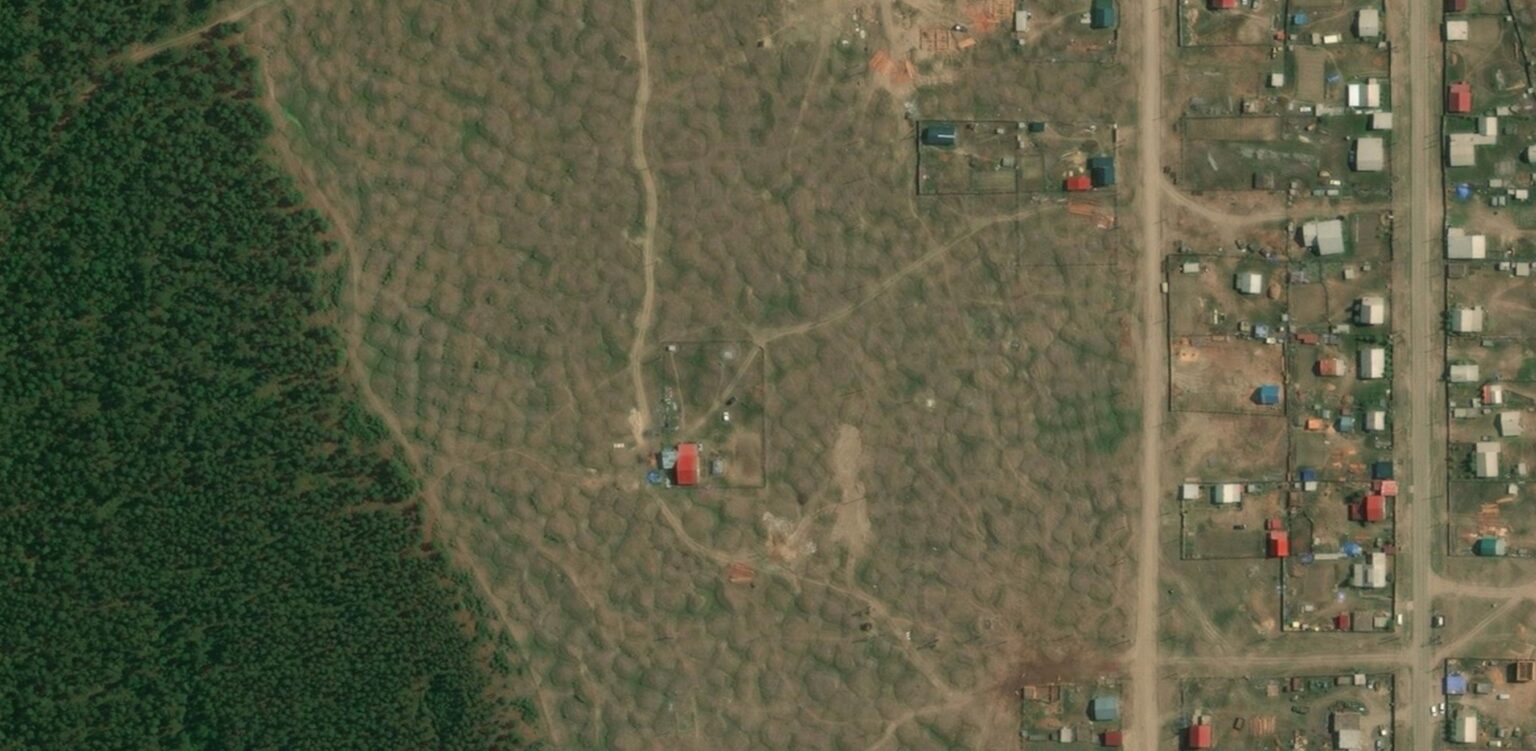
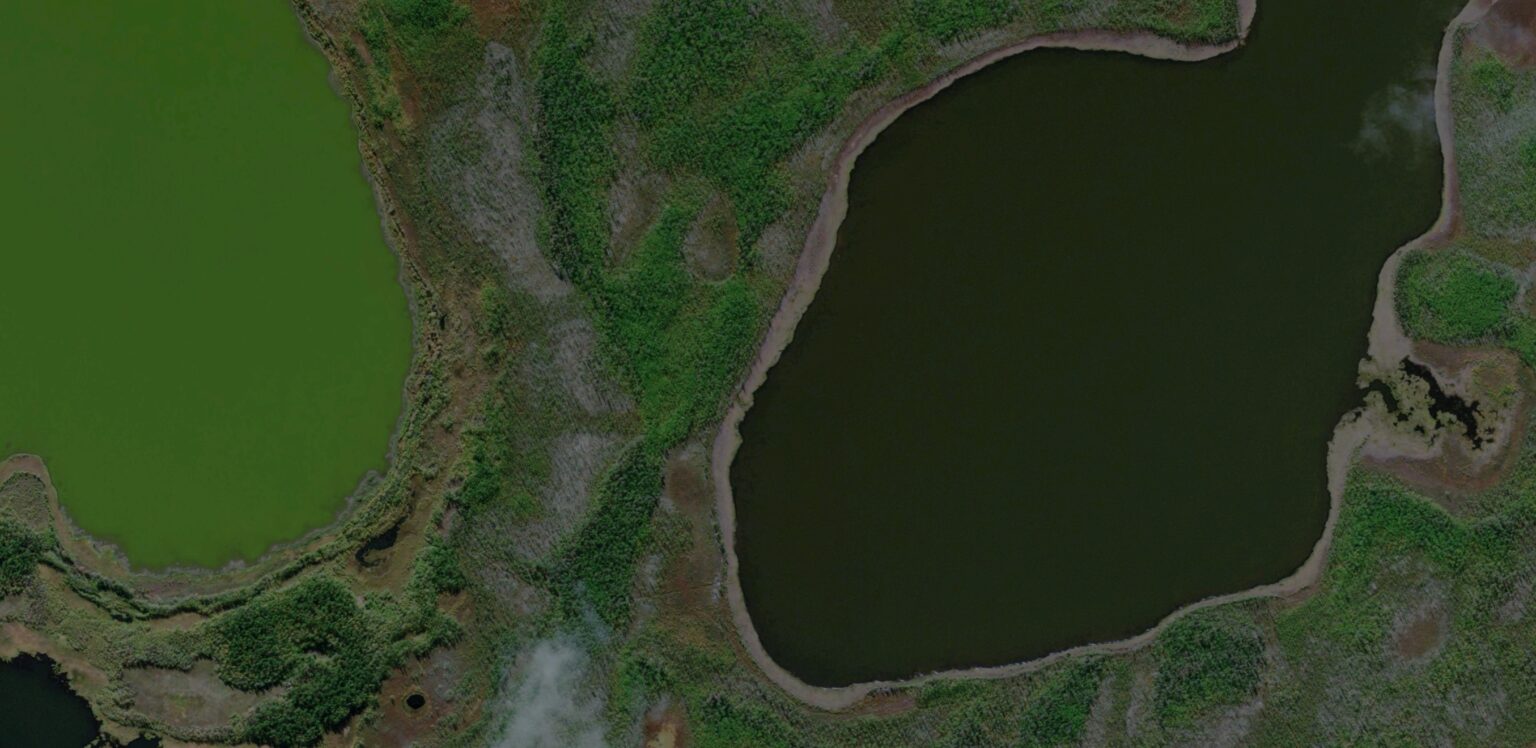
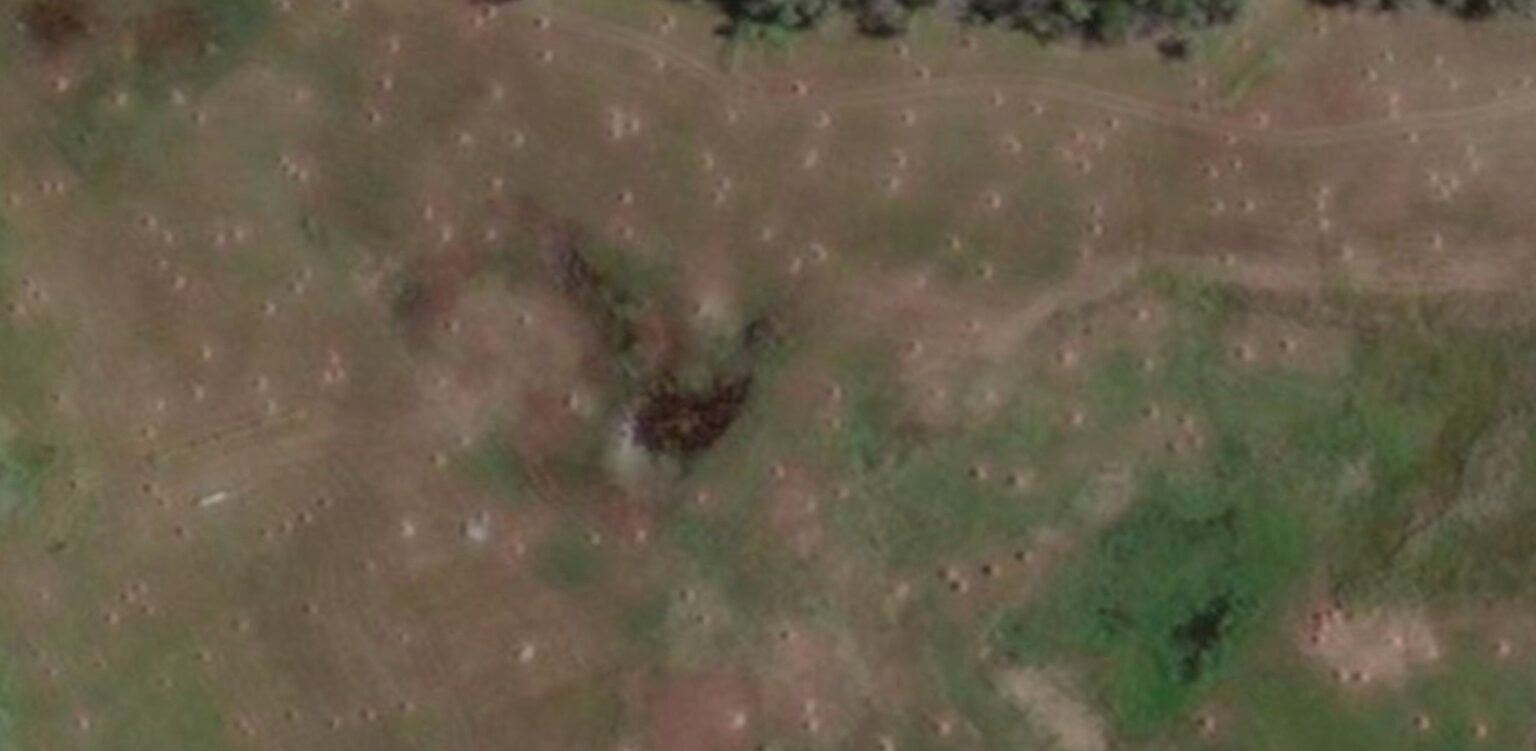
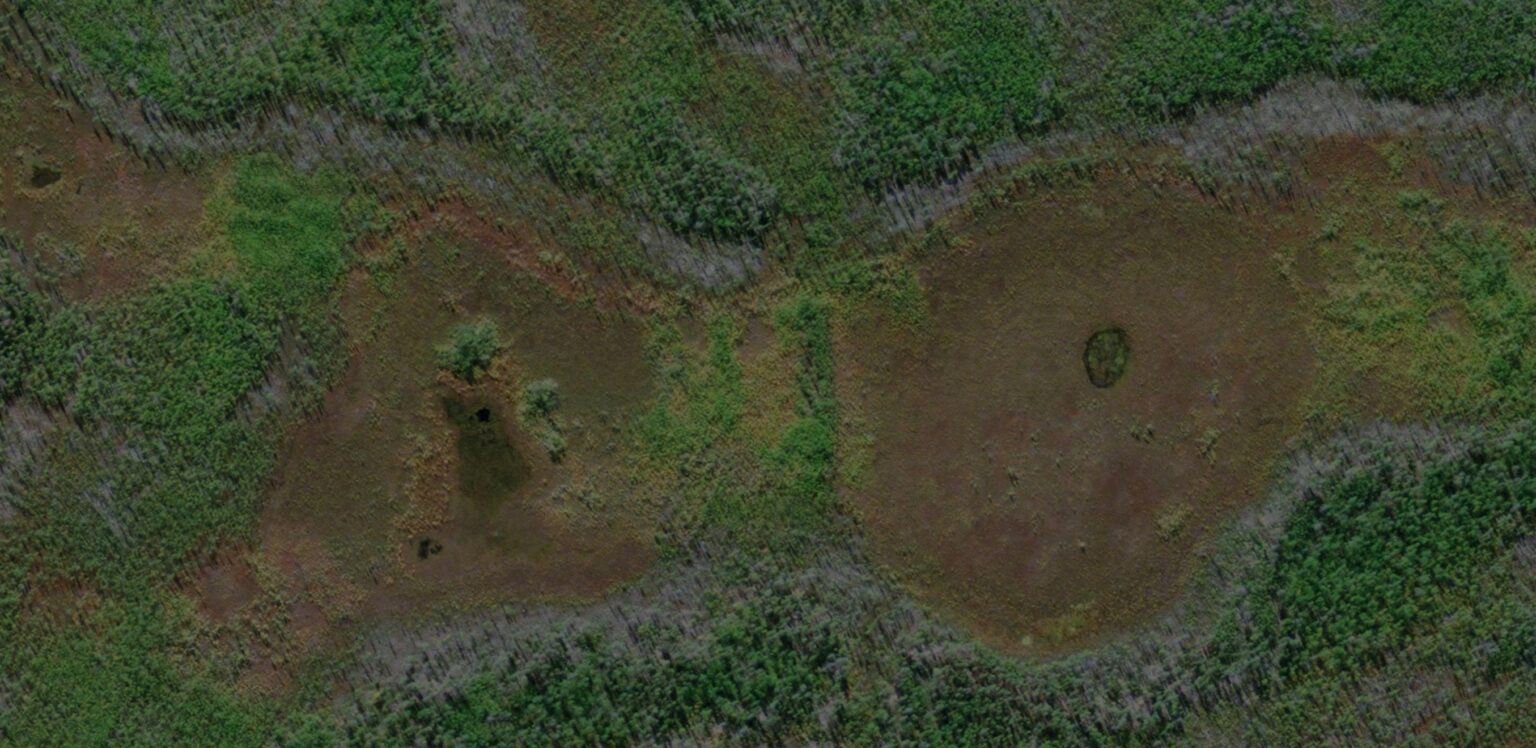
III